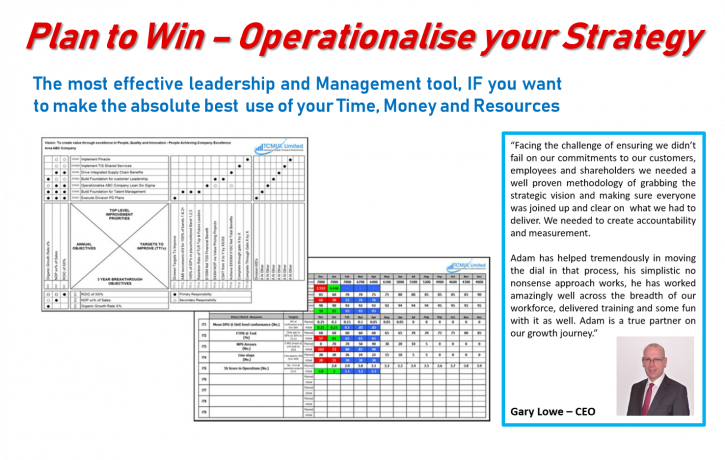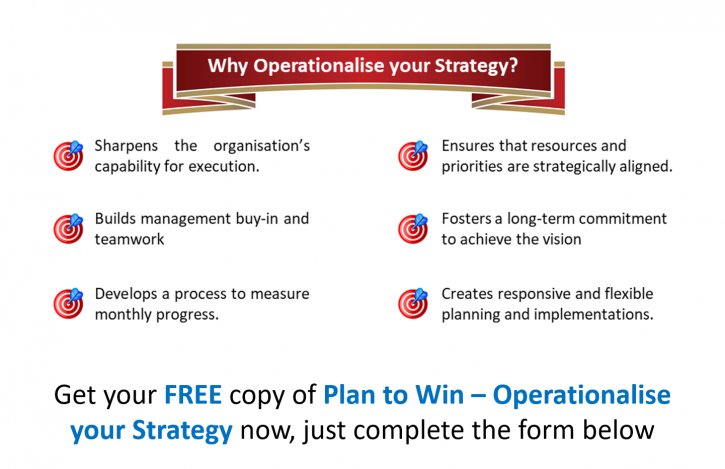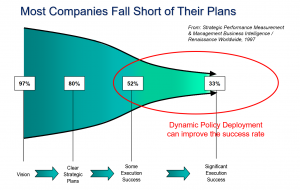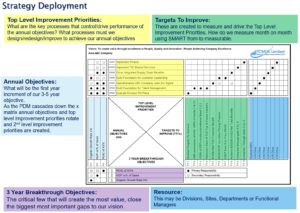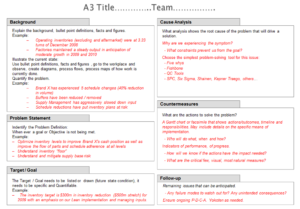Interesting discussion this week, especially regarding skills for industry.
On three occasions this week I’ve been in conversations where comments have been raised by business owners/leaders that the school curriculum is not aligned with what industry needs. How can this be?
But, when I think of my own experiences with my children, I’m not surprised.
My two kids go to different schools, the age gap between them is 2 years. If I take my eldest, he has just moved schools (based on his own fact based audit), his belief is that the new school gives him more options and a better chance of progression. This is his first year and if I use English as an example, his previous school never progressed him over 3 years, and at one point awarded him for his extra effort, he did extra lessons and again they awarded him but at the same time notified him he was moving down a set. This didn’t make sense to my son at all, nor to us. (We did question this, but that is another discussion).
The new school in less than half a term has progressed him up two grades, how can two schools be so different in approach and teaching????
Another example is science, he was in the top set at his previous school, but based on what information had been sent to his new school, he was placed in the lowest set? This was rectified after a few weeks as the teacher realised his potential and was even given and extra lesson.
The Education System is meant to be one of the most standardised/audited processes in the UK? How do we get it so wrong?
In one of the conversations we had 3 graduates (this was a round-table discussion for a future article by Stirling Media), these young adults were full of passion for engineering, manufacturing, the digital age but remarked on how little is taught on new technology or told about what future careers can be taken.
This too me is madness, particularly when we have stated as a country we need to bridge the skills gap.
When I was at Unipart my engineers use to link with a local girl school and we set tasks for them to do each year, as an example this could be a SMED project on a robot. The engineers would take them through the problem-solving roadmap and into implementation to see their results.
Not of all of them wanted to be engineers, but it certainly opened their eyes to what engineering and manufacturing can be as a career.
I know there are a lot of schemes regarding bringing Industry and schooling closer together, but how are we measuring their effectiveness? Because at the minute I don’t see it, and when I hear the comments from students like I have this week, I do begin to question.
I know this is crucial I just wish it was more of a policy, strategy within the government. Again, it may be, but a lot of us don’t see it.
Anybody else have any thoughts?
0330 311 2820
Book a Return Call at a time that Best Suits You “HERE”



